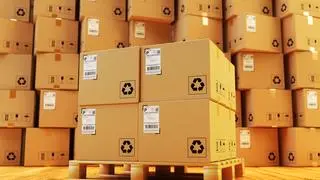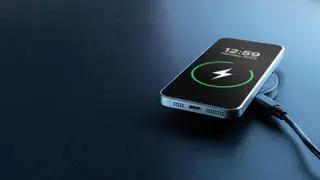Ammonia, one of the most produced chemicals in the world, has wide applications but is mostly used in fertilizer production and is always in demand. It is also difficult to produce. In this chemical, one atom of nitrogen bonds with three atoms of hydrogen. The problem is, nitrogen exists in nature as a molecule of two atoms (N2), which have an extremely strong bond between them, making it one of the most stable molecules in the universe. To break the happy marriage between two atoms, so as to single out each to marry three hydrogen atoms, requires a lot of doing — 450-500 degrees C of heat at 150-250 bars of pressure. But that (Haber-Bosch process) has been the only way to produce ammonia — till now.
Globally, research is on for alternative ways of producing ammonia, and the most promising of these is ‘electrochemical synthesis’.
Prof Kothandaraman Ramanujam of the Department of Chemistry, IIT Madras, has achieved notable success in this direction. His method is to use the metal oxides in used batteries as an electrocatalyst to reduce (or add hydrogen) nitrogen into ammonia. Used batteries usually contain zinc and manganese oxides, a good catalyst, on the surface of which each of the two atoms of the nitrogen molecule is simultaneously hydrogenated.
An intermediate species, N2H2, is formed, which is further reduced to make NH3.
Ramanujam told Quantum that there is always some hydrogen ions in water, which can be combined with nitrogen to form ammonia — as the hydrogen gets taken from water, more will be produced to replace it.
The process requires energy, which can come from renewable sources. Ramanujam is sure that this process, apart from supporting a circular economy, will be cheaper at scale. He has applied for a patent.








Comments
Comments have to be in English, and in full sentences. They cannot be abusive or personal. Please abide by our community guidelines for posting your comments.
We have migrated to a new commenting platform. If you are already a registered user of TheHindu Businessline and logged in, you may continue to engage with our articles. If you do not have an account please register and login to post comments. Users can access their older comments by logging into their accounts on Vuukle.